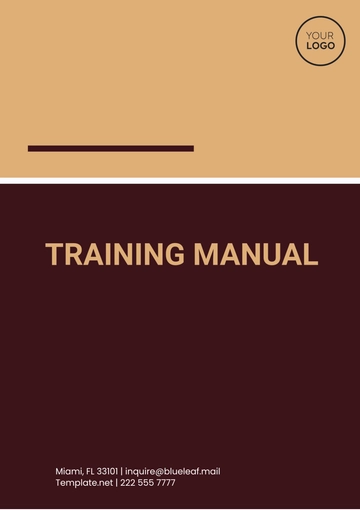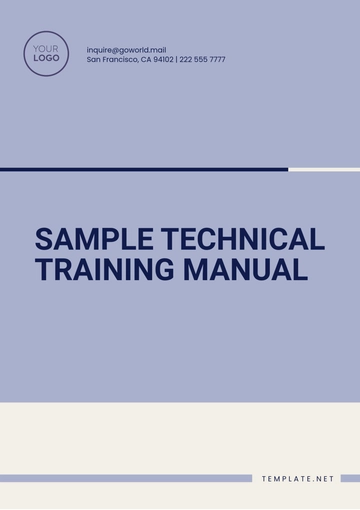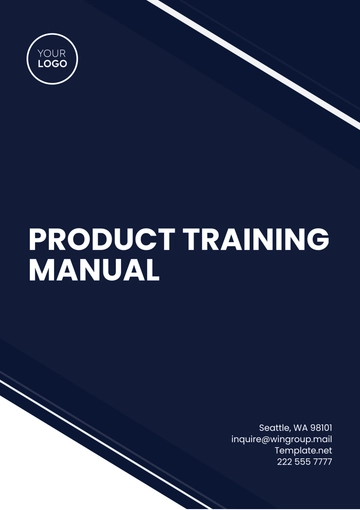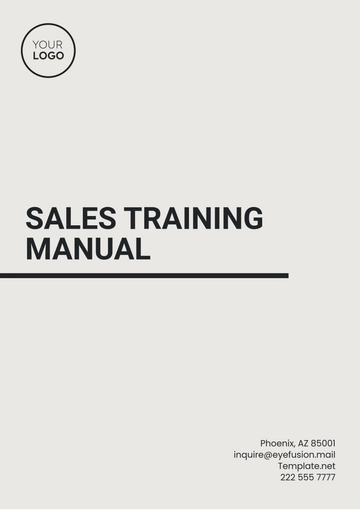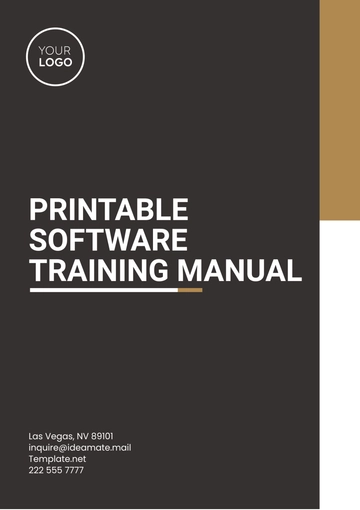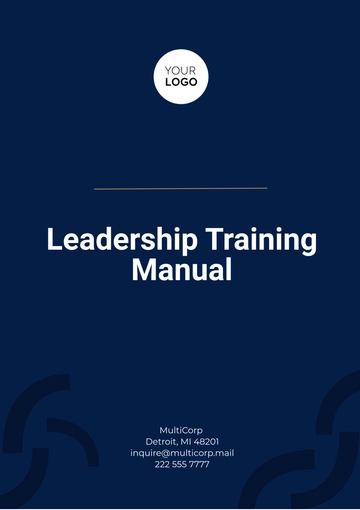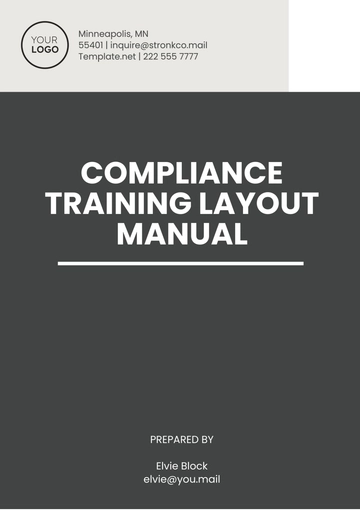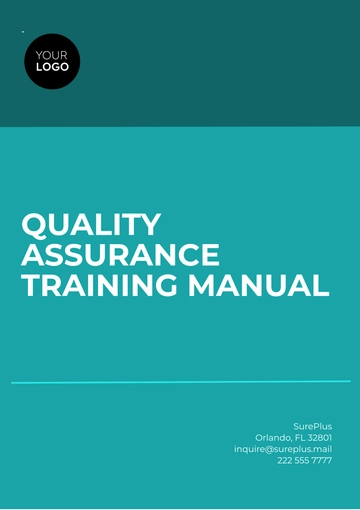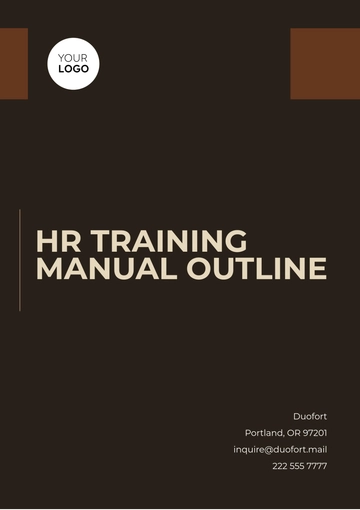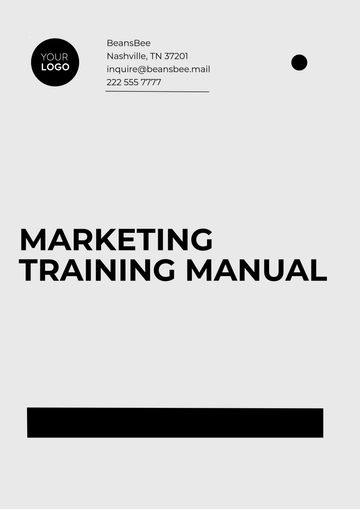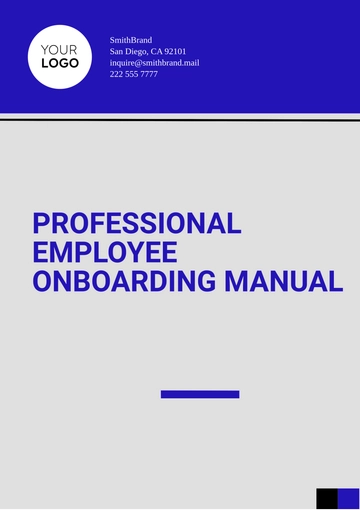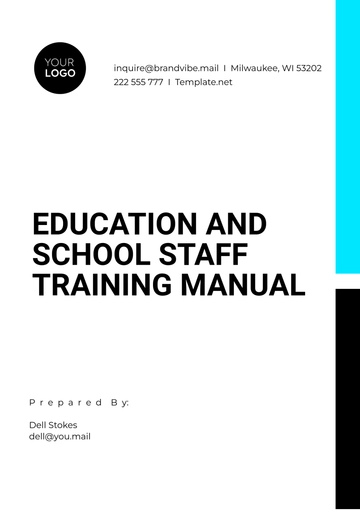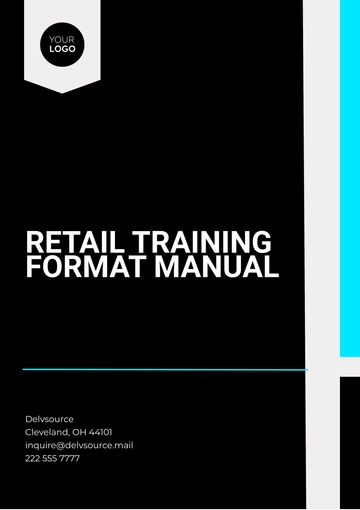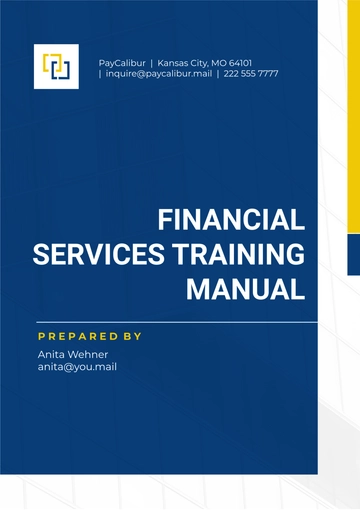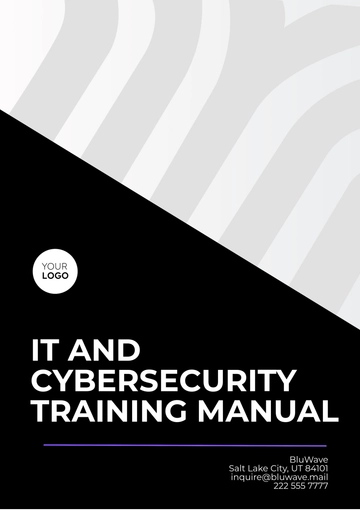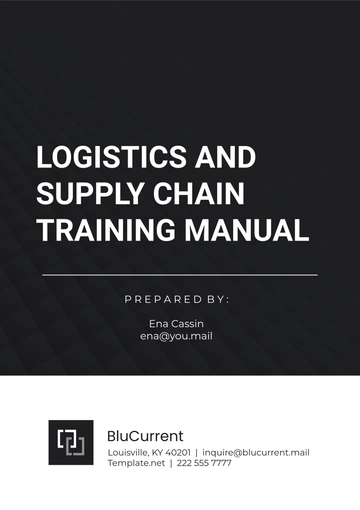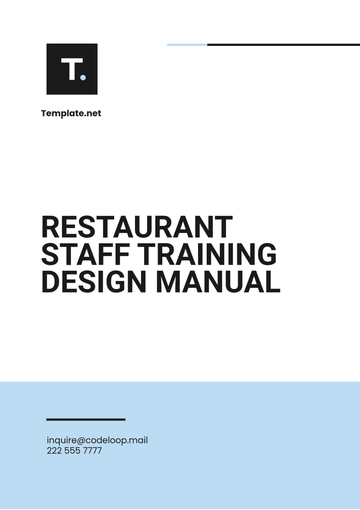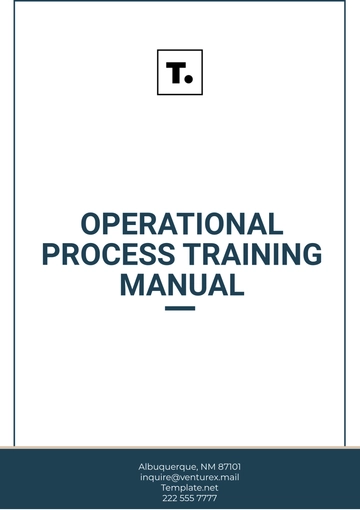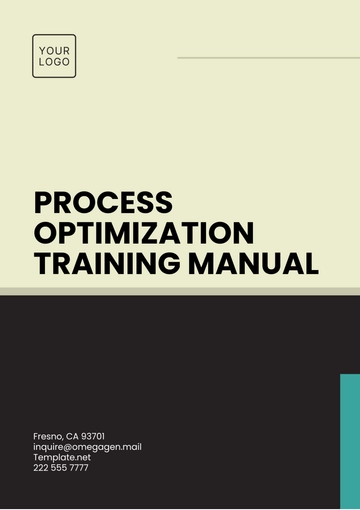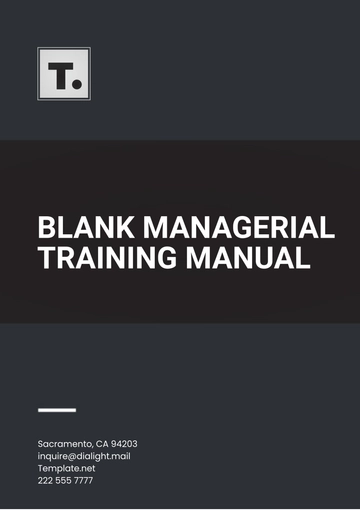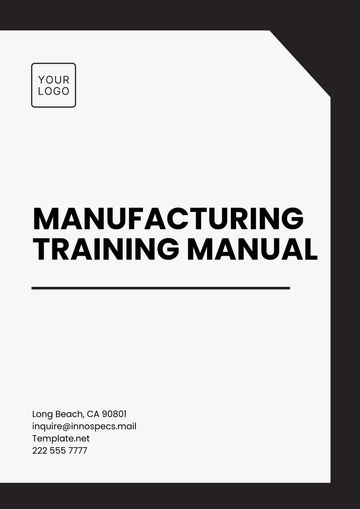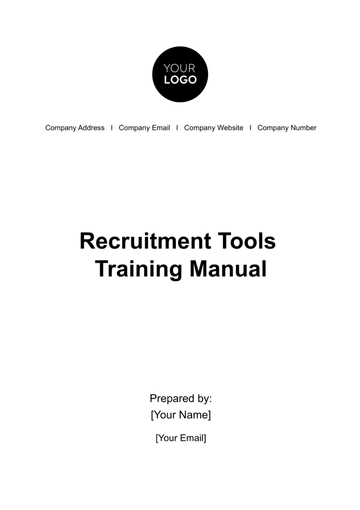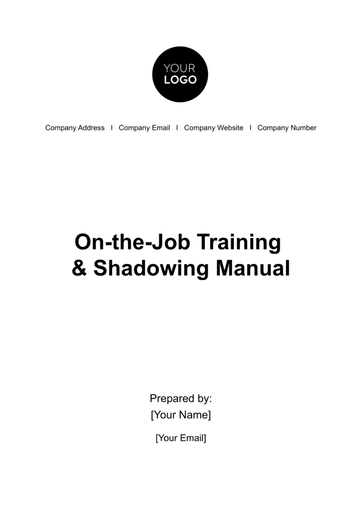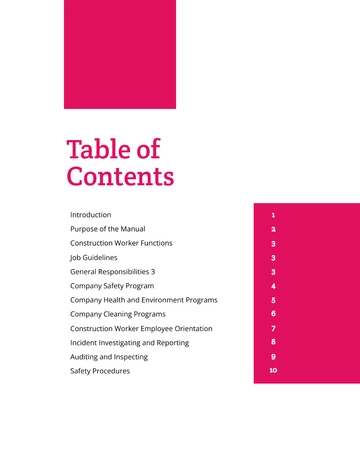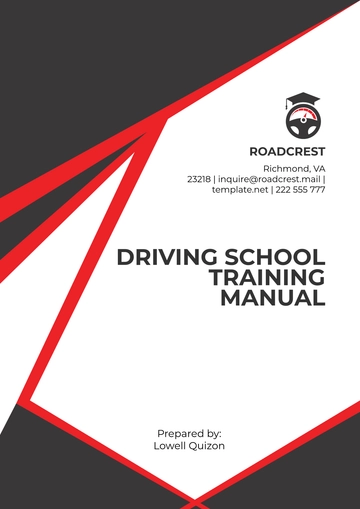Free Internal Audit Accounting Training Manual

Introduction
A. Overview of Internal Audit
Internal audit is a systematic, independent examination of activities to ensure adherence to organizational policies, compliance with regulatory requirements, and the effectiveness of risk management. It plays a crucial role in enhancing organizational governance, risk management, and control processes. This training manual aims to equip participants with the knowledge and skills necessary to perform internal audits effectively.
B. Purpose of the Training Manual
The primary purpose of this training manual is to provide a comprehensive guide for individuals involved in internal audit activities. It outlines the fundamental principles, methodologies, and best practices essential for conducting successful internal audits in the realm of accounting. The manual serves as a valuable resource for both novice auditors and seasoned professionals seeking to enhance their skills.
Internal Audit Basics
A. Definition and Scope of Internal Audit
Internal audit is defined as an independent, objective assurance and consulting activity designed to add value and improve an organization's operations. It helps organizations accomplish their objectives by bringing a systematic, disciplined approach to evaluate and improve the effectiveness of risk management, control, and governance processes.
Key Components of Internal Audit
Risk Assessment
Control Evaluation
Compliance Verification
Process Improvement
The scope of internal audit encompasses financial and non-financial areas, ensuring a holistic examination of an organization's operations.
B. Importance of Internal Audit in Accounting
Internal audit plays a critical role in ensuring the integrity and accuracy of financial reporting. Key aspects of its importance in accounting include:
Fraud Prevention: Internal audit identifies and addresses potential fraud risks, safeguarding the organization's financial assets.
Regulatory Compliance: Ensures adherence to accounting standards, legal requirements, and industry regulations.
Process Efficiency: Evaluates accounting processes to enhance efficiency, reduce errors, and optimize resource utilization.
Key Principles of Internal Audit
A. Independence and Objectivity
Independence and objectivity are paramount for maintaining the credibility of internal audit processes. Internal auditors should avoid conflicts of interest, ensuring that their evaluations are unbiased and objective. Transparency in decision-making and reporting enhances the trust stakeholders place in the audit function.
Independence Guidelines
Avoidance of Conflicts
Unbiased Reporting
Transparent Decision-Making
B. Competence and Due Professional Care
Internal auditors must continuously develop and maintain their competence to meet the dynamic challenges of the accounting landscape. Relevant education, ongoing training, and staying informed about industry developments are essential. Due professional care ensures that audits are conducted diligently, with a focus on critical thinking and thorough analysis.
Competence Criteria
Continuous Education
Ongoing Training and Development
Stay Informed about Industry Trends
C. Confidentiality
Confidentiality is a cornerstone of the internal audit profession. Auditors handle sensitive information during audits, ranging from financial data to strategic plans. Restricting access, secure data handling, and the use of non-disclosure agreements are essential measures to maintain confidentiality.
Confidentiality Measures
Restricted Access
Secure Data Handling
Non-Disclosure Agreements (NDAs)
D. Documentation and Evidence Gathering
Comprehensive documentation is crucial for the internal audit process. Internal auditors should maintain clear workpapers, systematically gather evidence, and provide detailed reports. This documentation not only supports the audit findings but also serves as a historical record for future reference.
Documentation Best Practices
Clear Workpaper Standards
Systematic Evidence Gathering
Comprehensive Reporting
Roles and Responsibilities
Roles and Responsibilities
A. Internal Auditor's Role
Internal auditors play a pivotal role in objectively assessing an organization's operations. They identify risks, evaluate controls, and provide recommendations for improvement. This role requires a combination of financial acumen, analytical skills, and effective communication.
Internal Auditor's Responsibilities
Risk Identification
Control Evaluation
Providing Recommendations for Improvement
B. Management's Role
Management's collaboration is vital for the success of the internal audit function. They should facilitate access to information, respond promptly to audit findings, and actively engage in the improvement process.
Management's Supportive Role
Ensuring Information Accessibility
Timely Response to Audit Findings
Active Collaboration for Process Improvement
C. Audit Committee's Role
The audit committee oversees the internal audit function to ensure its independence and effectiveness. It reviews audit plans, reports, and maintains communication with external auditors to provide comprehensive governance oversight.
Audit Committee Responsibilities
Oversight of Internal Audit
Review of Audit Plans and Reports
Communication with External Auditors
Audit Planning
A. Establishing Audit Objectives
Clearly defined audit objectives are crucial for guiding the entire audit process. For instance, if the objective is to evaluate the effectiveness of internal controls, the audit team can focus on assessing control mechanisms, segregation of duties, and adherence to policies.
Audit Objective ID | Description of Objective |
|---|---|
AO-001 | Evaluate the effectiveness of internal controls |
B. Risk Assessment and Management
Risk assessment involves identifying potential risks that could impact the organization's financial processes. A thorough risk assessment matrix, considering likelihood and impact, helps prioritize audit activities.
Risk ID | Risk Description | Likelihood (1-5) | Impact (1-5) | Risk Level (Likelihood x Impact) |
|---|---|---|---|---|
R-001 | Inadequate internal controls | 4 | 5 | 20 |
C. Developing the Audit Plan
The audit plan serves as a roadmap for the audit, detailing the scope, resources, and timeline. Clear milestones and checkpoints ensure the audit stays on track.
Audit Plan Details
Audit Scope
Resources Needed
Timeline for Completion
Milestones and Checkpoints
Sample Milestones: Week 1: Finalize Audit Scope and Objectives Week 3: Complete Risk Assessment Week 6: Conduct Preliminary Fieldwork |
Audit Execution
A. Fieldwork Procedures
Fieldwork is the phase where auditors gather evidence to support their findings. Standardized procedures, such as conducting interviews and reviewing financial statements, ensure consistency.
Fieldwork Procedure ID | Description of Procedure |
|---|---|
FP-001 | Conduct interviews with key personnel |
B. Sampling Techniques
Sampling is employed to efficiently review large datasets. Techniques like random sampling, stratified sampling, and systematic sampling help auditors draw conclusions from a subset of the population.
Sampling Technique ID | Description of Technique |
|---|---|
ST-001 | Random Sampling |
C. Interviewing Techniques
Effective communication during interviews is critical. Techniques like open-ended questions, structured interviews, and document reviews help auditors extract relevant information.
Interview Technique ID | Description of Technique |
|---|---|
IT-001 | Open-ended Questions |
D. Data Analysis and Testing
Data analysis involves scrutinizing financial and operational data for patterns or irregularities. Testing, such as substantive testing, ensures the reliability of information.
Data Analysis and Testing Method ID | Description of Method |
|---|---|
DAT-001 | Trend Analysis |
Documentation Standards
A. Workpapers and Audit Trails
Workpapers serve as the foundation of audit documentation. Each audit should have comprehensive workpapers that detail the procedures followed, evidence collected, and conclusions drawn. A standard workpaper template includes:
Workpaper ID | Procedure Description | Evidence Collected |
|---|---|---|
WP-001 | Interviews with key personnel | Interview notes and transcripts |
B. Writing Audit Findings and Recommendations
Clear and concise reporting of audit findings is essential. Recommendations for improvement should be actionable and linked to the identified issues. An example format for reporting:
Finding ID | Description of Finding | Recommendation |
|---|---|---|
F-001 | Inadequate segregation of duties in the finance department | Implement a review process for sensitive transactions to ensure proper segregation of duties |
C. Quality Assurance in Documentation
Quality assurance ensures the integrity and reliability of audit documentation. Periodic reviews of workpapers, findings, and recommendations by a designated quality assurance team help maintain high standards.
Quality Assurance Procedures
Workpaper Reviews
Findings Validation
Recommendations Evaluation
Reporting and Communication
A. Drafting the Audit Report
The audit report summarizes the findings, conclusions, and recommendations of the internal audit. A standardized report includes:
Audit Report Components
Executive Summary
Scope and Objectives
Findings and Recommendations
Management's Response
Conclusion and Sign-off
B. Communication with Stakeholders
Effective communication is essential for a successful internal audit. Regular updates to stakeholders, including management and the audit committee, ensure transparency and facilitate timely resolution of issues.
Stakeholder Communication Plan
Weekly Progress Updates
Findings Discussion Meetings
Final Report Presentation
C. Follow-Up Procedures
After the audit report is issued, follow-up procedures ensure that management has implemented the recommended changes. A follow-up schedule could include:
Follow-Up Action Plan
Monitoring Implementation
Addressing Outstanding Issues
Reporting Progress to Audit Committee
Ethical Considerations
A. Code of Ethics for Internal Auditors
Internal auditors must adhere to a strict code of ethics. Key principles include integrity, objectivity, confidentiality, and professional competence. A sample excerpt of the code of ethics:
Code of Ethics Principle | Description |
|---|---|
Integrity | Act with honesty, transparency, and fairness. |
B. Handling Conflicts of Interest
Conflicts of interest can compromise the independence and objectivity of internal auditors. A conflict of interest register should be maintained, and any potential conflicts disclosed.
Conflicts of Interest ID | Description | Resolution Steps |
|---|---|---|
CI-001 | Auditor has a financial interest in the audited department | Recuse the auditor from the audit, assign a different auditor. |
C. Whistleblowing and Reporting Irregularities
Whistleblowing mechanisms are essential for reporting irregularities. Provide clear channels for internal auditors to report concerns without fear of retaliation.
Whistleblowing Process | Description |
|---|---|
Reporting Channel | Anonymous reporting through a designated platform. |
Continuous Improvement
A. Monitoring and Evaluation
Implement a continuous monitoring and evaluation system to assess the effectiveness of the internal audit function. Key performance indicators (KPIs) could include:
KPI | Description | Target Value |
|---|---|---|
Timeliness of Audits | Percentage of audits completed within the set timeline | [90%] |
B. Feedback Mechanisms
Establish feedback mechanisms to gather insights from stakeholders, including management, audit committee, and audited departments. Feedback surveys and structured meetings can be effective.
Feedback Mechanism | Description |
|---|---|
Stakeholder Surveys | Anonymous surveys to gather opinions and suggestions. |
C. Updating the Internal Audit Process
Regularly update the internal audit processes based on lessons learned, industry changes, and emerging best practices. A structured update plan could involve:
Update Plan | Steps Description |
|---|---|
Periodic Training | Training sessions to introduce new methodologies. |
- 100% Customizable, free editor
- Access 1 Million+ Templates, photo’s & graphics
- Download or share as a template
- Click and replace photos, graphics, text, backgrounds
- Resize, crop, AI write & more
- Access advanced editor
Enhance your team's skills with the Internal Audit Accounting Training Manual Template on Template.net. This editable and customizable template facilitates seamless training program creation. Tailor it to your specific needs using our Ai Editor Tool, ensuring adaptability and relevance. Elevate your internal audit capabilities, empowering your team with comprehensive knowledge and skills. Stay ahead in the dynamic landscape of accounting practices with this versatile training manual template.
